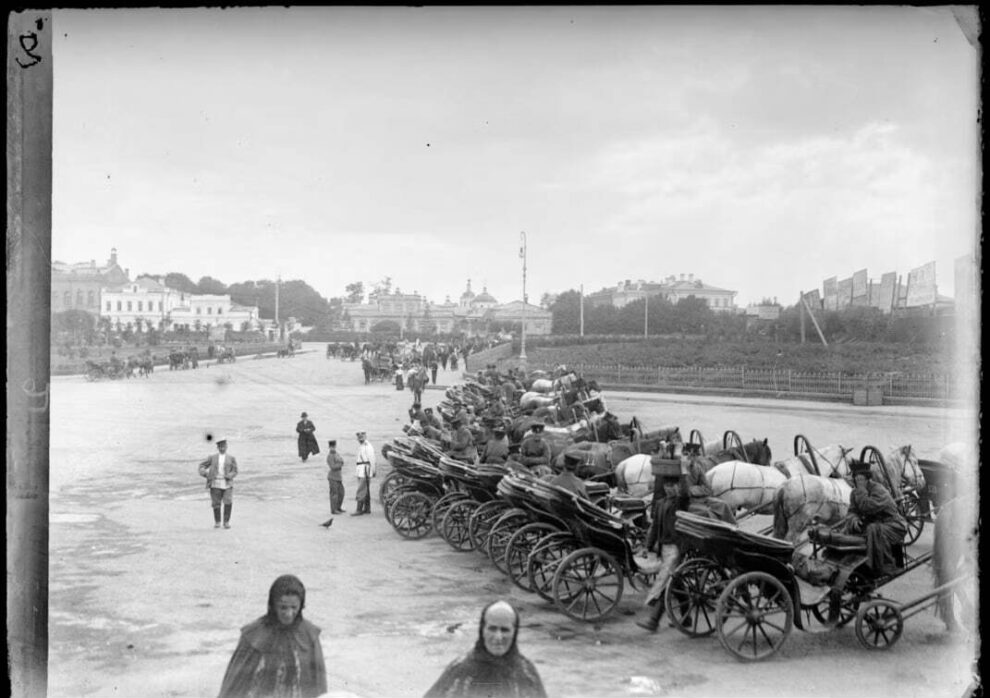The journey of French explorers through Russia and Central Asia from 1906 to 1908 was documented by an experienced photographer, whose work was recently presented at a museum in Paris.
French explorer Paul Pelliot, when preparing for a multi-year expedition to Russia and Central Asia in 1906, made sure that he did not need anything along the way.
In addition to guns, canned meat and tents, the Parisian packed 25 bottles of Coste-Folcher champagne and 30 kilograms of cognac.
Paul Pelliot (1878–1945)
Paul Pelliot (1878–1945)
The French expedition intended to travel to “Russian and Chinese Turkestan” along a route previously taken by other Western travelers. Explorers visited this region to study, and in many cases bring back to Europe, priceless artifacts of the ancient states and cultures that once flourished in this part of the world.
Pelliot’s mission was unique thanks to the magnificent photographs taken throughout the journey by photographer Charles Nouette. There are more than one and a half thousand of them. The photographs were recently exhibited at the National Museum of Oriental Arts (Musée Guimet) in Paris and published online.
Below are some of the most striking photographs from this journey, which provide insight into Central Asia and Imperial Russia on the cusp of epochal change.

With the permission of the imperial government in St. Petersburg, in July 1906, a French expedition set off from Moscow to Samarkand (now Uzbekistan).

At that time, the Russian Empire was experiencing political upheavals that occurred in the wake of the 1905 revolution and the war with Japan.

French travelers explored Uzbekistan for almost a month while their cargo—tons of equipment and materials—passed through customs.
They then traveled east towards today’s Kyrgyzstan.

Pelliot described Central Asia as a region “no less mysterious than Central Africa” that became accessible to Western explorers after “Russian weapons finally cleared the way.”

A photograph taken shortly after the expedition arrived in today’s Uzbekistan. The caption “Old Fool, Tashkent” under the photo hints that travelers were disdainful of some local residents

Pelliot was chosen to lead the expedition partly because of his linguistic talents. He spoke English, Russian, Turkish and Chinese.

Paris and St. Petersburg held high-level negotiations to agree on an expedition led by Pelliot.
The expedition was generally considered a success, and Pelliot went on to a distinguished career as one of the leading experts on China and Central Asia.
Shortly after the expedition ended, photographer Charles Nouette died of tuberculosis at the age of 41.
Source: Azattyq News









